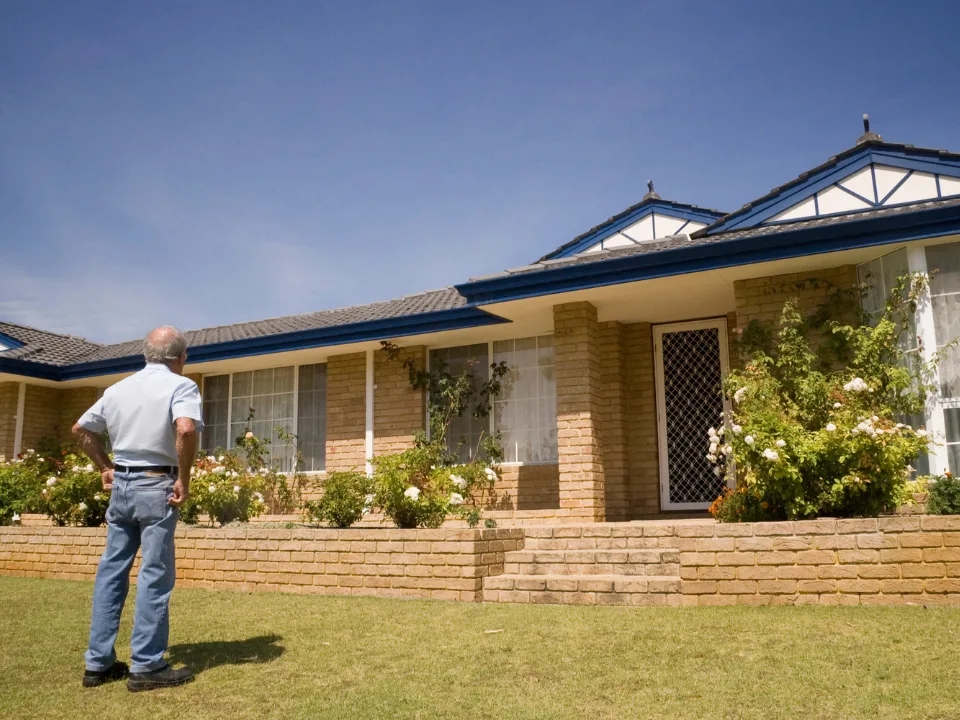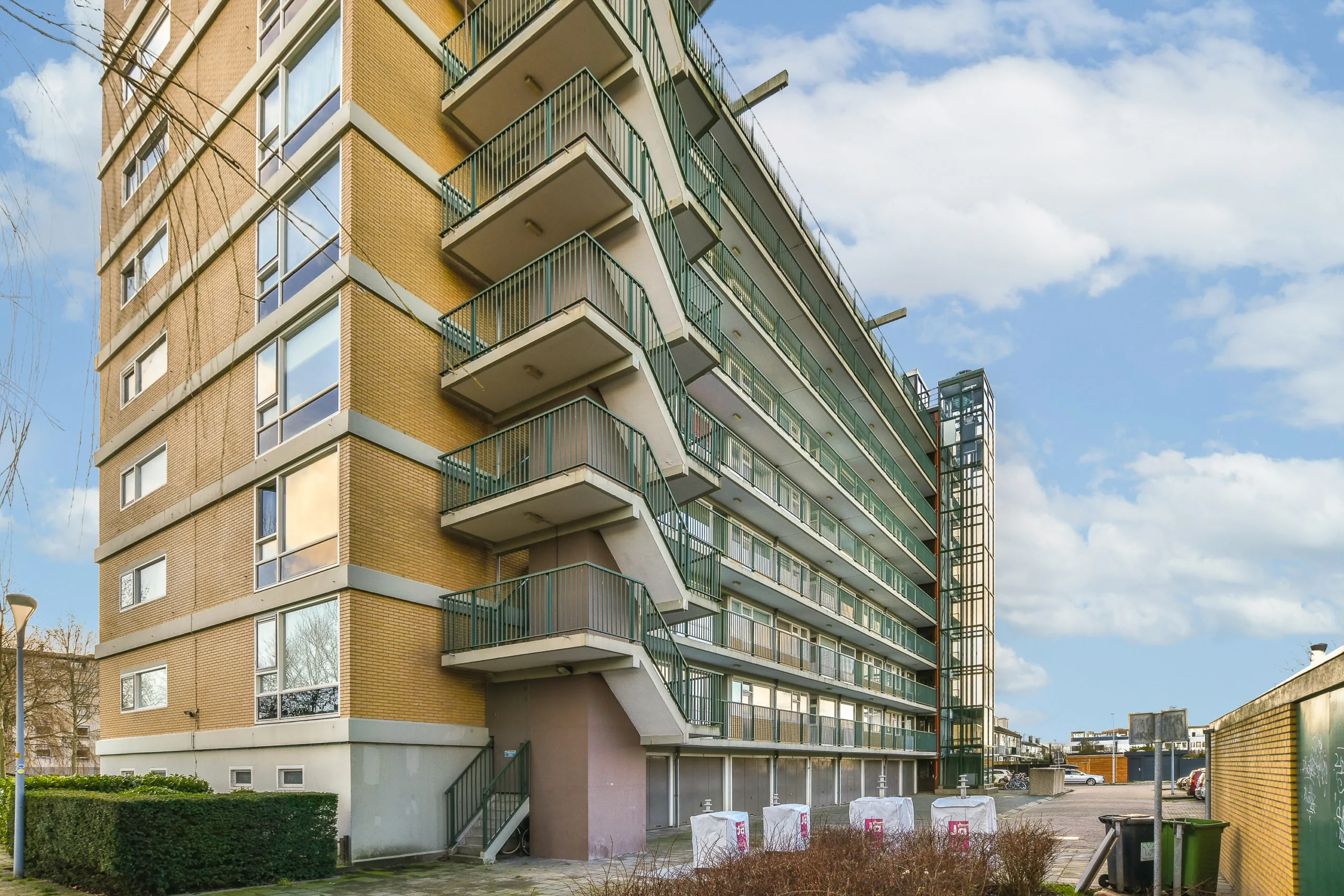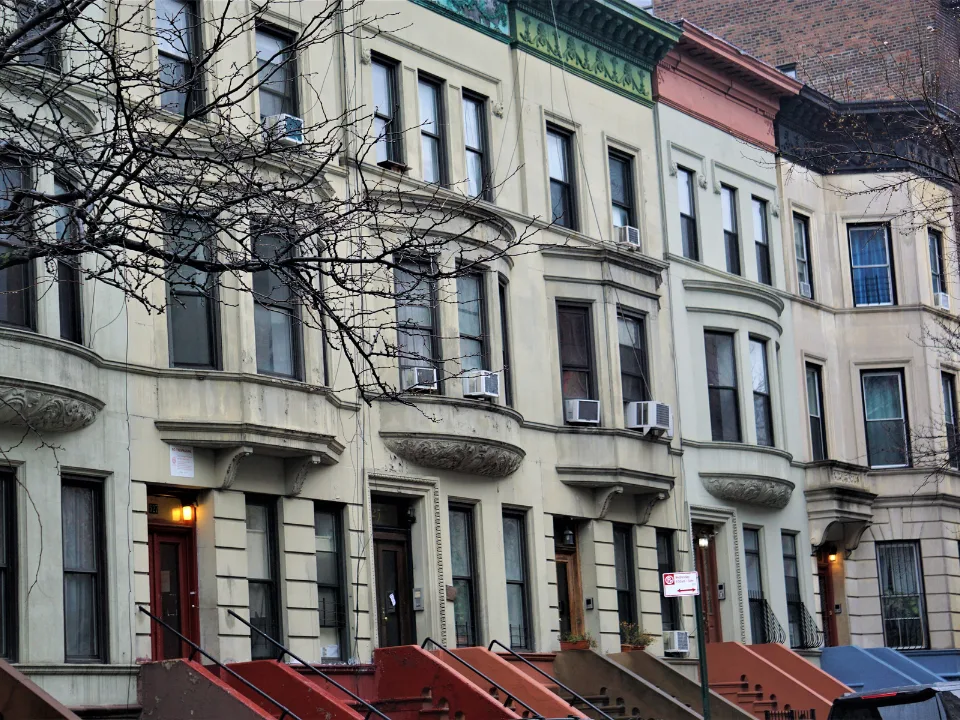- Senior housing now leads major CRE sectors in occupancy growth, nearing levels last seen in 2008.
- Demand continues to rise for both needs-based and lifestyle-focused housing, while limited supply pushes occupancy and rents higher.
- Investor interest is growing, with senior housing ranked second only to data centers in projected returns.
A Historic Rebound
According to GlobeSt, senior housing is making a strong comeback. Occupancy rates reached 88% nationally in Q1 2025—just 220 basis points below the 2008 peak. For the first time in nearly two decades, this segment is outperforming other commercial real estate sectors.
Market Breakdown
Primary markets posted 87.4% occupancy, while secondary markets reached 89.1%. Together, they are closing in on historic highs. Regionally, several areas—like the Mountain, Northeast, and East North Central—are projected to exceed their 2008 benchmarks by the end of 2026.
Get Smarter about what matters in CRE
Stay ahead of trends in commercial real estate with CRE Daily – the free newsletter delivering everything you need to start your day in just 5-minutes
What’s Driving the Growth
Both lifestyle and needs-based senior housing are seeing higher demand. At the same time, supply growth is limited. High construction costs, tight labor markets, and long development timelines make new projects difficult. As a result, more renters are competing for a fixed number of units.
Rising Investor Interest
Thanks to stronger fundamentals, senior housing has become a hot investment target. A recent Urban Land Institute survey ranked it second only to data centers in projected risk-adjusted returns over the next three years. Institutional and private capital is flowing into the sector.
Challenges Remain
Despite the momentum, the sector faces obstacles. Labor shortages continue to impact operators, especially for frontline and clinical staff. Policy factors—such as tariffs and immigration restrictions—are making hiring even more difficult.
Building Smarter, Not Bigger
New construction is often more expensive than buying existing properties. To combat this, developers are turning to modular construction, off-site fabrication, and smarter designs. These strategies could help reduce costs in the future, but for now, they aren’t enough to expand supply quickly.
Why It Matters
Senior housing is gaining ground as a reliable and resilient CRE investment. With limited supply and growing demand, the sector is likely to remain strong. If trends hold, senior housing could become a cornerstone of investor portfolios in the coming years.

















